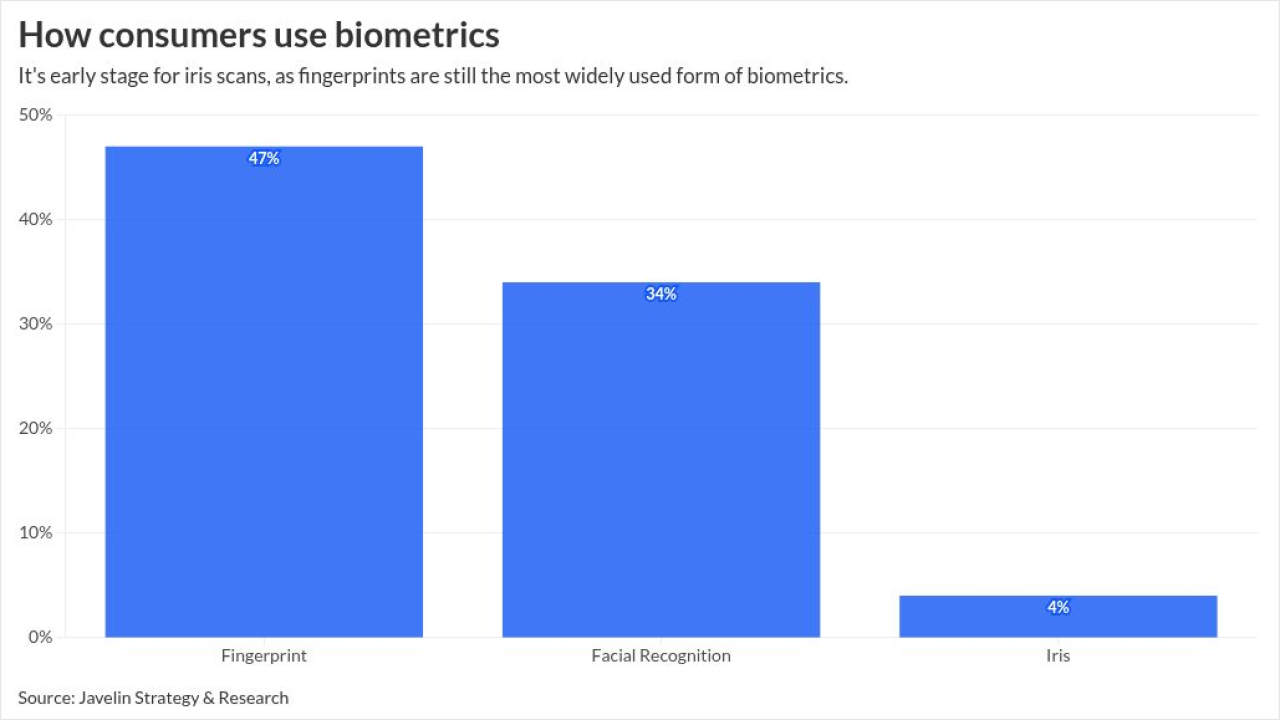- Key insight: The incident demonstrates that even regulated digital asset firms face immense operational risks, but public blockchains offer immediate transparency not always seen in traditional finance.
- What's at stake: The stability and trustworthiness of a major U.S. dollar-pegged stablecoin backed by a state-chartered financial institution.
- Expert quote: Omid Malekan: "Crypto is once again safer, even when [messing] up," arguing the public nature of the blockchain error is a feature, not a bug.
- Supporting data: The $300 trillion in mistakenly minted tokens is more than double the world's total GDP in 2024, as measured by the World Bank Group.
- Forward look: The error and its quick resolution will likely become a case study for regulators assessing the internal controls required for centralized stablecoin issuers.
Overview bullets generated by AI with editorial review
Paxos, the issuer of PayPal's stablecoin PYUSD, briefly introduced and then removed $300 trillion worth of its stablecoin on the ethereum blockchain during an internal operation late Tuesday.
The firm said it immediately identified and burned the tokens after mistakenly minting the excess PYUSD as part of an internal transfer. Blockchain records confirm the company burned the tokens 22 minutes after issuing them.
The value of the accidentally issued tokens equates to a bit more than double the world's total GDP in 2024, as measured by the World Bank Group.
Paxos characterized the event as "an internal technical error" in a post on X.
"There is no security breach," the company added. "Customer funds are safe. We have addressed the root cause."
The event demonstrates the technological risks inherent in managing digital assets, even within state-chartered and state-regulated institutions. In this case, Paxos gets its charter from the New York Department of Financial Services.
Stablecoin architecture and regulatory context
For financial institutions observing the stablecoin market, Paxos' immediate remediation reinforces the control mechanisms available to centralized issuers.
Paxos, which obtained a charter as a trust company from NYDFS in 2015, issues the PYUSD stablecoin, which pegs strictly 1:1 to the U.S. dollar.
The companies assert the total redemption assets always equal or exceed the total PYUSD redeemable tokens outstanding, fulfilling requirements set out in the NYDFS Guidelines — a claim to which accounting firm KPMG attests on a
Paxos says it backs PYUSD fully with U.S. dollar deposits, U.S. Treasuries and similar cash equivalents. Redemption assets supporting PYUSD include cash held at commercial banks, obligations of the U.S. Treasury and repurchase agreements.
As of Aug. 29, Paxos had $1.173 million in total redemption assets against 1.169 million total PYUSD redeemable tokens outstanding — a small surplus, according to KPMG.
Risk and transparency
The substantial error highlights operational risks even among regulated stablecoin issuers and the transparent nature of public blockchains — in this case, ethereum. The public ledger immediately recorded both the minting and burning.
Omid Malekan, an associate in business at Columbia University's business school,
"The only way the world found out about that error is because Citi self-reported to the feds, unlike the Paxos error that many different people spotted independently," Malekan said. "Crypto is once again safer, even when [messing] up."






